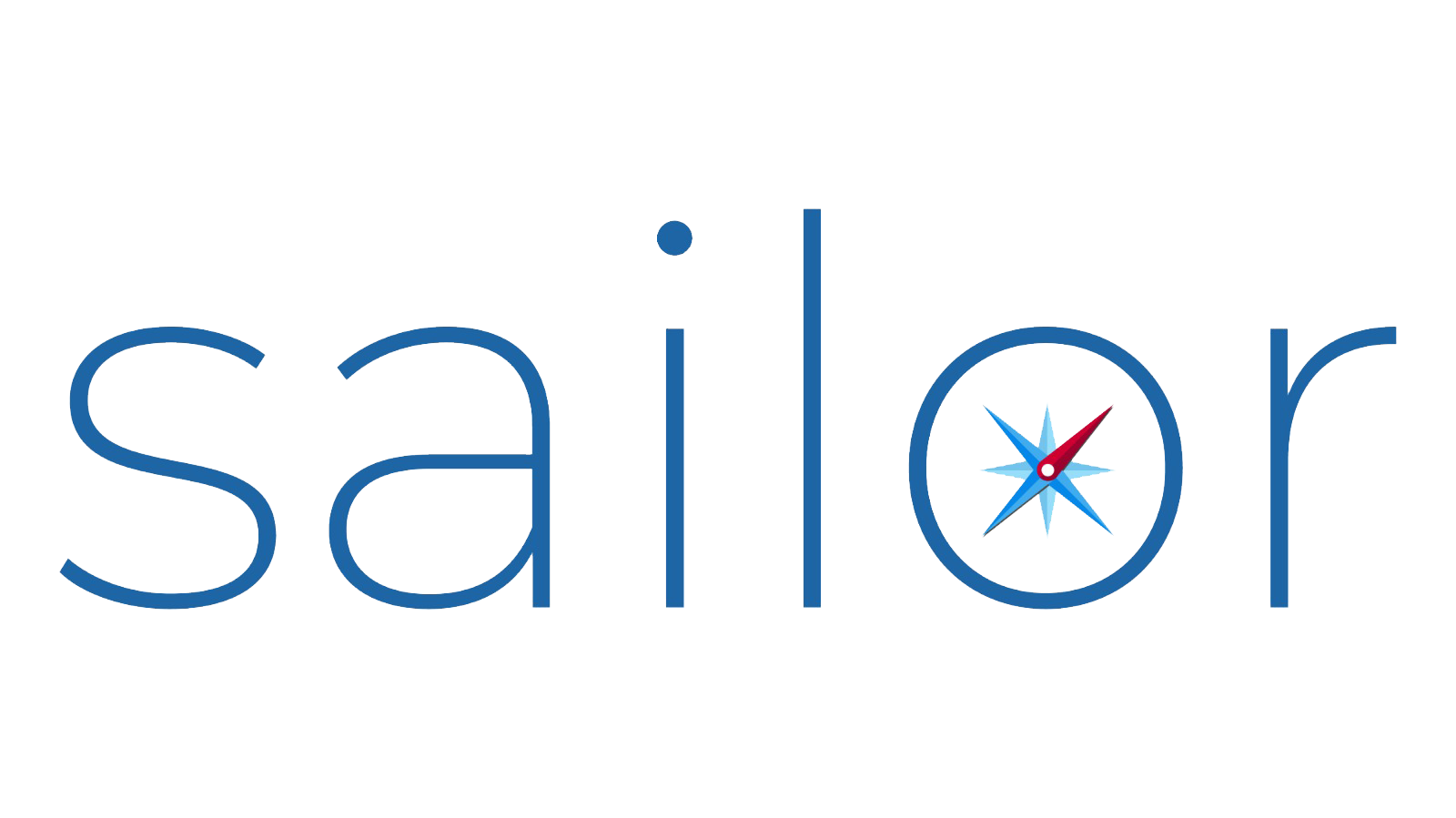In the ever-evolving landscape of Kubernetes deployments, safeguarding data integrity and ensuring resilience against unforeseen disruptions is of paramount importance. Velero, a robust open-source tool, addresses this crucial need by providing a comprehensive solution for backup, restore, and disaster recovery of Kubernetes clusters. This user-friendly tool streamlines the process of protecting valuable data and maintaining business continuity in the face of unexpected events.
Understanding Velero: The Guardian of Kubernetes Data:
Velero seamlessly integrates with Kubernetes, empowering users to create, manage, and restore backups of their cluster data. It operates by securely storing backups in an object storage service, such as Amazon S3 or Google Cloud Storage, ensuring data durability and accessibility. Velero’s core functionalities encompass:
-
Backup Creation: Velero facilitates the creation of comprehensive backups of Kubernetes resources, including pods, deployments, services, and persistent volumes.
-
Backup Storage: Velero securely stores backups in object storage, ensuring data persistence and availability.
-
Backup Management: Velero provides a user-friendly interface for managing backups, including viewing, deleting, and restoring them.
-
Restore Capabilities: Velero enables seamless restoration of backups, allowing users to recover from data loss or cluster failures.
Velero Installation: Embracing Data Protection
Velero can be effortlessly installed using Helm, a package manager for Kubernetes. The installation process involves creating a Helm chart and deploying it to the desired namespace. Once installed, Velero is ready to safeguard your Kubernetes data.
Establishing Connections: Bridging Cluster and Storage
Velero requires configuration to establish a connection between the Kubernetes cluster and the object storage service where backups will be stored. This configuration involves specifying the bucket name, credential file, and region of the object storage service.
Automated Backups: Scheduling Data Protection
Velero empowers users to automate backup creation using a scheduling mechanism. This feature allows users to define schedules for regular backups, ensuring that data is consistently protected against loss.
Disaster Recovery: A Lifeline for Critical Data
Velero proves invaluable in disaster recovery scenarios. In the event of a cluster failure or data loss, Velero’s restore capabilities enable users to quickly restore their cluster to a previous state, minimizing downtime and business disruption.
Velero’s Benefits: Safeguarding Data and Business Continuity
Velero offers a plethora of benefits that make it a compelling choice for Kubernetes data protection:
-
Data Security: Velero stores backups in object storage, ensuring data encryption and secure access.
-
Simplified Backup Management: Velero provides a user-friendly interface for managing backups, streamlining the backup process.
-
Efficient Restore Operations: Velero’s restore capabilities enable rapid recovery from data loss or cluster failures.
-
Automated Backup Scheduling: Velero’s scheduling feature automates backup creation, ensuring consistent data protection.
-
Disaster Recovery Readiness: Velero facilitates disaster recovery by enabling seamless restoration of backups.
Velero in Action: Practical Examples:
To illustrate Velero’s practical applications, consider the following scenarios:
-
Backing Up an Entire Cluster: To back up the entire cluster, use the command
velero backup create t2. -
Backing Up a Specific Namespace: To back up a specific namespace, use the command
velero backup create t2 -n <namespace_name>. -
Restoring from a Backup: To restore a cluster from a backup, use the command
velero restore create <restore_name> --from-backup <backup_name>.
1.Velero: A Must-Have for Kubernetes Data Protection
Velero has emerged as an indispensable tool for Kubernetes data protection, empowering users to safeguard their valuable data and ensure business continuity in the face of unexpected challenges. Its intuitive interface, powerful backup and restore capabilities, and automated scheduling features make it an ideal solution for organizations of all sizes. By embracing Velero, organizations can confidently navigate the dynamic world of Kubernetes, knowing that their data is secure and readily recoverable.
2.Velero: Beyond the Basics
Velero offers a range of advanced features that extend its capabilities beyond basic backup and restore:
-
Plugin Support: Velero supports a growing ecosystem of plugins that extend its functionality, such as plugins for backing up specific types of data or integrating with cloud-based backup services.
-
Custom Resource Definitions (CRDs): Velero utilizes CRDs to define and manage backup and restore resources, providing a structured and consistent approach to data protection.
-
Webhooks: Velero supports webhooks, enabling integration with external systems for triggering actions based on backup and restore events.
3.Integrating Velero into CI/CD Pipelines
Velero can be seamlessly integrated into CI/CD pipelines for automated backup creation and restoration. This integration enables organizations to incorporate data protection into their development and deployment processes, ensuring that data is always protected even during frequent code changes and deployments.
4.Velero for Multi-Cluster Environments
Velero can be effectively used to manage backups and restorations across multiple Kubernetes clusters. This capability is particularly beneficial for organizations that operate multiple clusters in different environments, such as development, staging, and production. Velero’s centralized management console simplifies the process of managing backups and restorations across these disparate environments.
5.Velero’s Role in Data Governance
Velero plays a crucial role in data governance by providing a framework for defining and enforcing data protection policies. Organizations can utilize Velero to establish retention policies for backups, ensuring that data is stored for a specified period and then automatically deleted to comply with regulatory requirements or organizational policies.
6.Velero in the Cloud-Native Landscape
Velero has emerged as a leading solution for data protection in the cloud-native landscape, gaining widespread adoption among organizations that embrace Kubernetes and containerized applications. Its open-source nature, flexibility, and integration with cloud-based object storage services make it a compelling choice for organizations of all sizes seeking to safeguard their critical data.
7.Safeguarding the Future of Kubernetes Data
Velero has revolutionized Kubernetes data protection, providing a comprehensive and user-friendly solution for backing up, restoring, and recovering valuable data. Its integration with Kubernetes, cloud-based object storage services, and CI/CD pipelines makes it an invaluable tool for organizations operating in the dynamic realm of containerized applications. As Kubernetes continues to evolve, Velero is poised to remain at the forefront of data protection strategies, ensuring that organizations can confidently navigate the ever-changing cloud-native landscape.
If you are looking for an easy way to manage and automate your cloud infrastructure, Sailor Cloud is a good option to consider. To learn more about Sailor Cloud, please visit the Sailor Cloud website: https://www.sailorcloud.io/
automate your cloud infrastructure, Sailor Cloud is a good option to consider. To learn more about Sailor Cloud, please visit the Sailor Cloud website: https://www.sailorcloud.io/
External Resources:
- Velero official documentation: https://velero.io/docs/v1.7/
- Velero installation guide: https://velero.io/docs/v1.8/basic-install/
- Velero backup creation guide: https://velero.io/docs/main/backup-reference/
- Velero restore creation guide: https://velero.io/docs/main/restore-reference/






